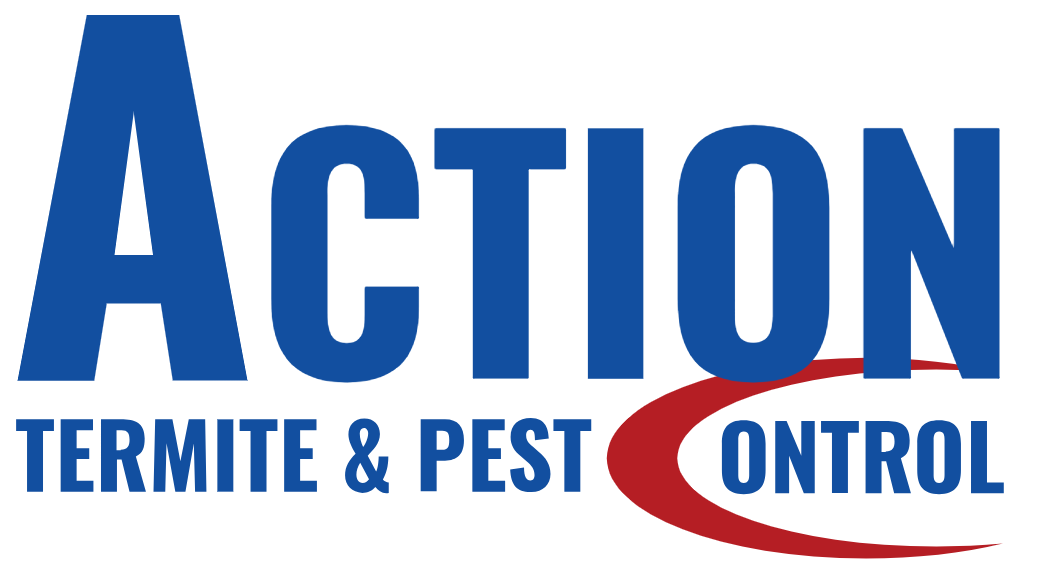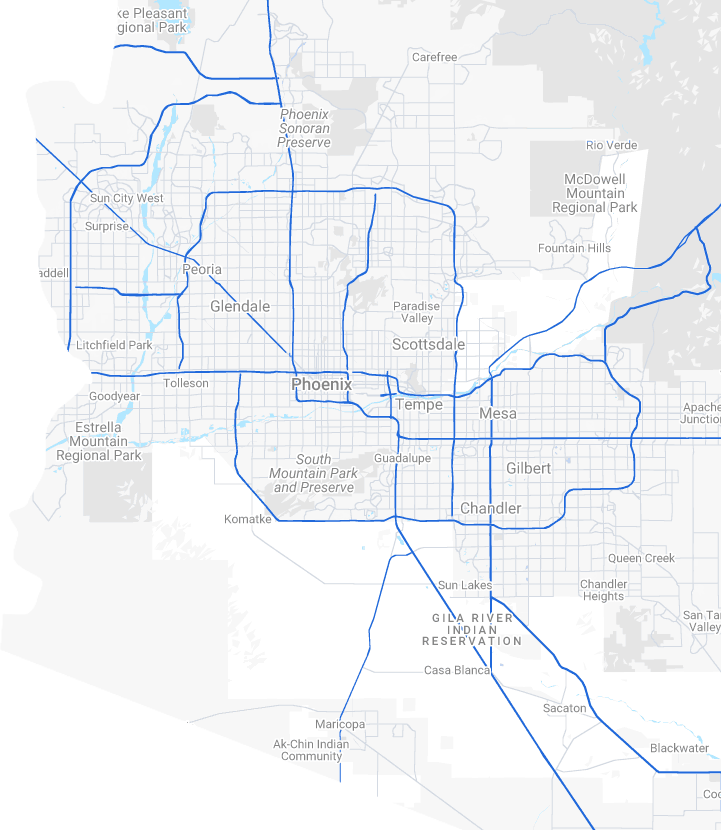Pest Control is the practice of eliminating, controlling and preventing pests from invading your home or business. This may involve employing chemicals, traps or biological methods such as predators and parasites to eliminate or control pests.
These methods can be employed by both homeowners and commercial property owners alike. They offer a less toxic alternative to traditional pesticides, preventing infestations from becoming resistant over time.
Pest Control Prevention
Prevention is the best way to avoid pest problems in the future. This usually entails employing a control strategy that will reduce pest numbers or damage below an acceptable level, or may involve eliminating an entire population of pests.
Biological controls rely on nature’s enemies against pests, such as parasites, predators and pathogens to suppress a pest population. These include birds, reptiles, amphibians, fish and mammals.
Weather conditions such as rain, freezing temperatures and drought can have an impact on pest populations.
Removing debris and tall weeds around your property is an integral part of pest prevention. These features create hiding places for pests, as well as places where food can accumulate.
Additionally, regular cleaning is an effective way to deter pests from entering your home. Dust up crumbs and spills, wipe down counter tops and table surfaces, vacuum or mop floors and walls to eliminate potential breeding grounds, seal any cracks, crevices or holes which could allow pests access into your residence, and wipe down any surfaces touched by food items or liquids.
Suppression of Pests
Biological control is the practice of using living organisms to suppress pest populations. It has long been an integral part of agriculture and can be employed against insects, vertebrates, plant pathogens and weeds alike.
How effective a pest suppression program works depends on several factors. Timing of release of natural enemies is especially critical, since most require time to impact pest population densities and attack only certain life stages of pests.
Suppression can also be achieved by increasing the numbers of predators, parasitoids and pathogens that eat pests. These agents can either be purchased and released or grown on-field as a permanent population.
Contrary to traditional chemical pesticides, many of these products have little or no adverse impact on beneficial organisms when applied at the appropriate time and location. For instance, spot applications in areas of high pest density or treating alternating strips within a field can leave natural enemies unaffected in adjacent areas.
Eradication of Pests
Eradication of pest control issues necessitates applying phytosanitary measures within and surrounding an infestation to eradicate them from an area or region. Common methods used for this purpose include traps, poisons, and fumigation.
Good housekeeping keeps your home free from pests by eliminating food sources and other food sources that could attract them. Vacuum frequently and empty trash cans regularly for optimal sanitation.
Maintaining your kitchen’s cleanliness can be beneficial, as it prevents rotting foods from attracting fruit flies and other pests. Store food in airtight containers and discard leftovers in sealed garbage bins.
Some pests prefer wet places, so if there are any leaky faucets or pipes in your home, fix them right away. Bird nests are another common habitat for pests; trim limbs that could fall onto your roof and clear away any debris that is building up in chimneys or other unventilated spaces to make sure there’s a steady supply.
Monitoring Your Home for Pests
Monitoring can be an integral component of pest control strategies. It allows you to decide if action is needed and what type of controls are most suitable for your individual situation.
It can also assist in understanding when pest populations have reached threshold levels so that you can determine whether control measures are successful. Threshold information may even be utilized when deciding when to begin employing control tactics like spraying pesticides.
Monitoring programs can utilize devices such as glue boards and sticky traps; however, it’s essential to remember that these tools may not be able to accurately identify all pests. Therefore, they should be placed strategically so that only those pests you want detected and treated.
If you need pest control in Phoenix contact the experts at ACTION Termite & Pest Control for help.

 BED BUGS
BED BUGS SCORPIONS
SCORPIONS RODENTS
RODENTS BEES
BEES MOSQUITOS
MOSQUITOS TAP INSULATION
TAP INSULATION PEST PROTECTION PLAN
PEST PROTECTION PLAN WEEDS
WEEDS


